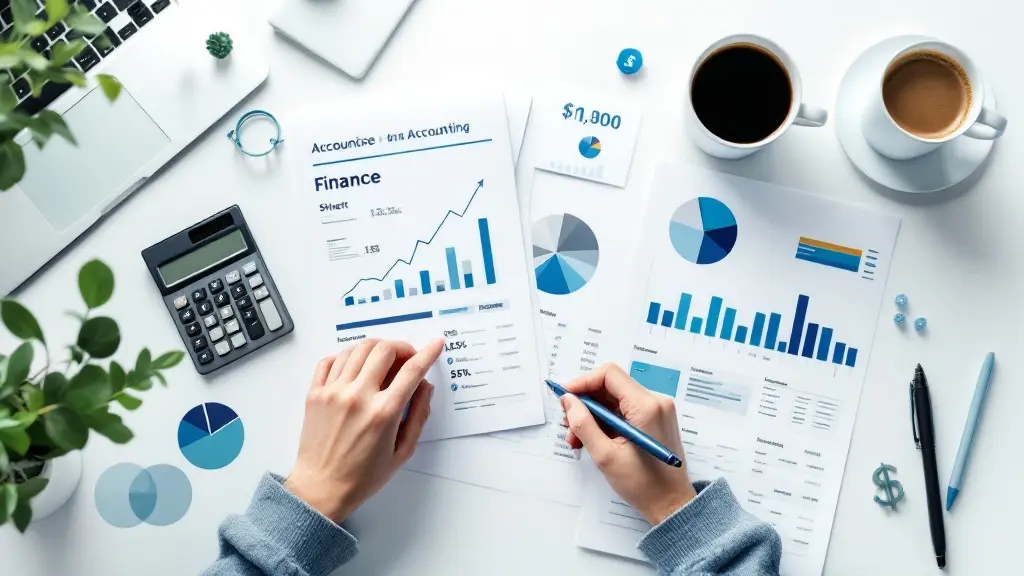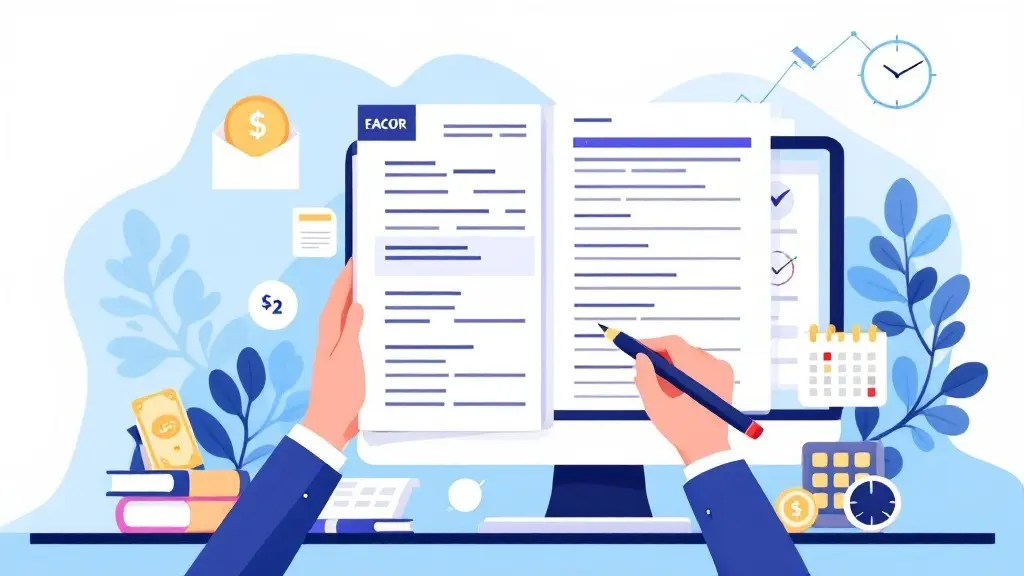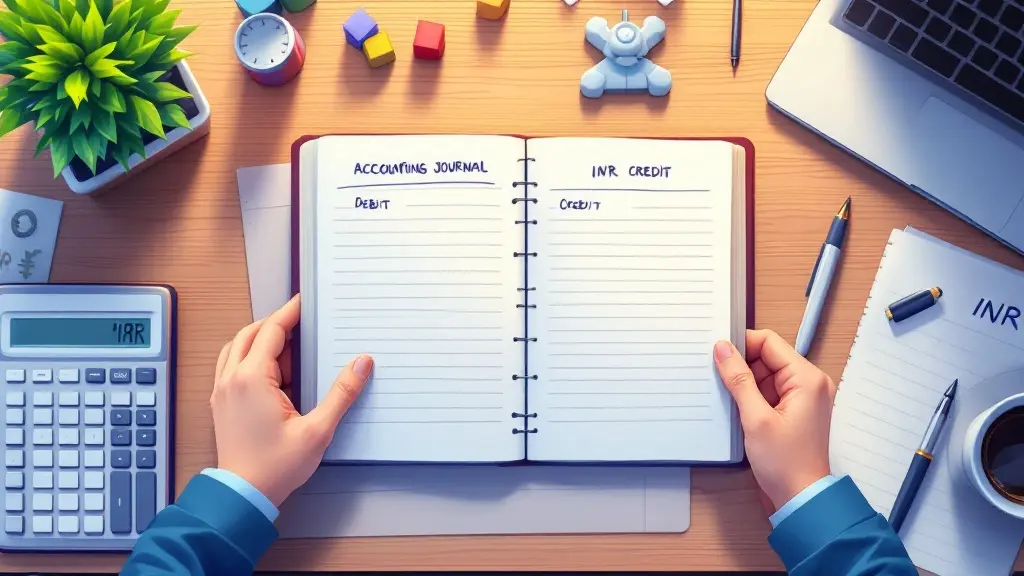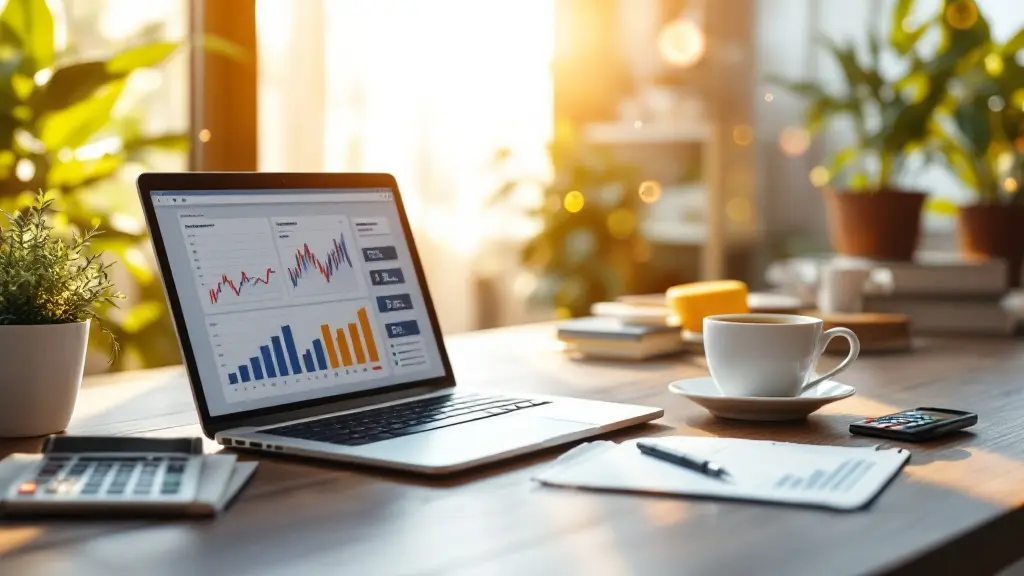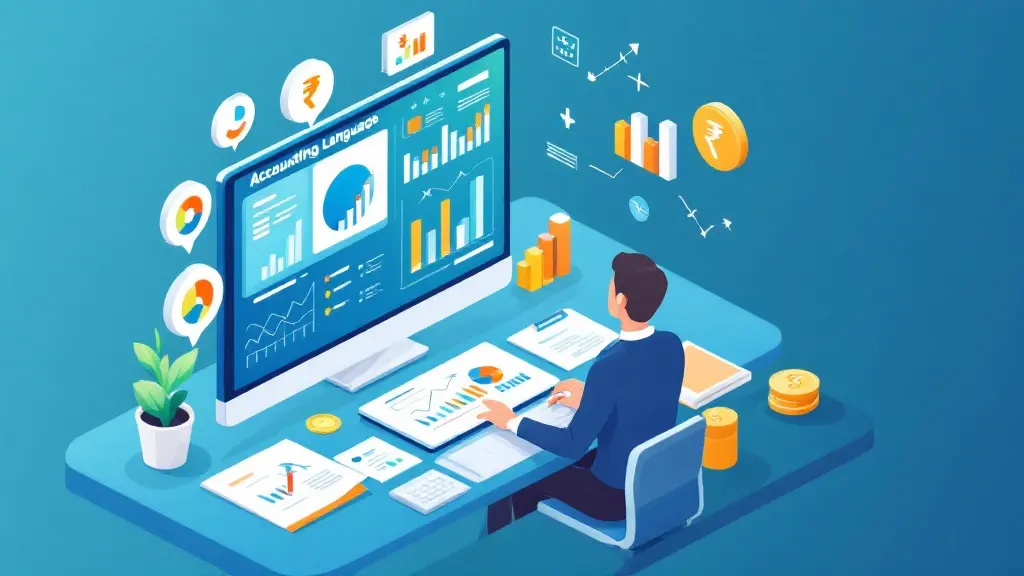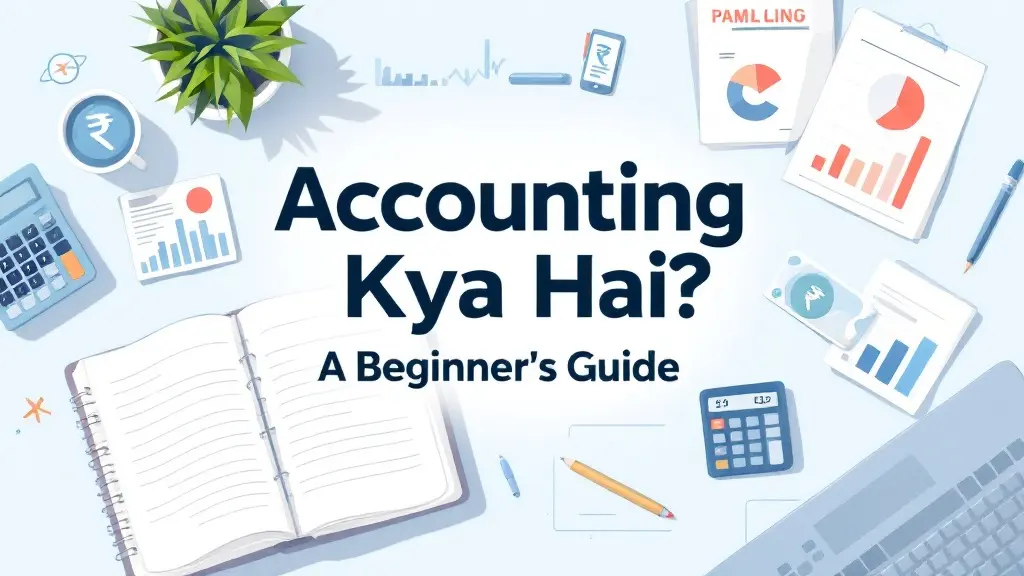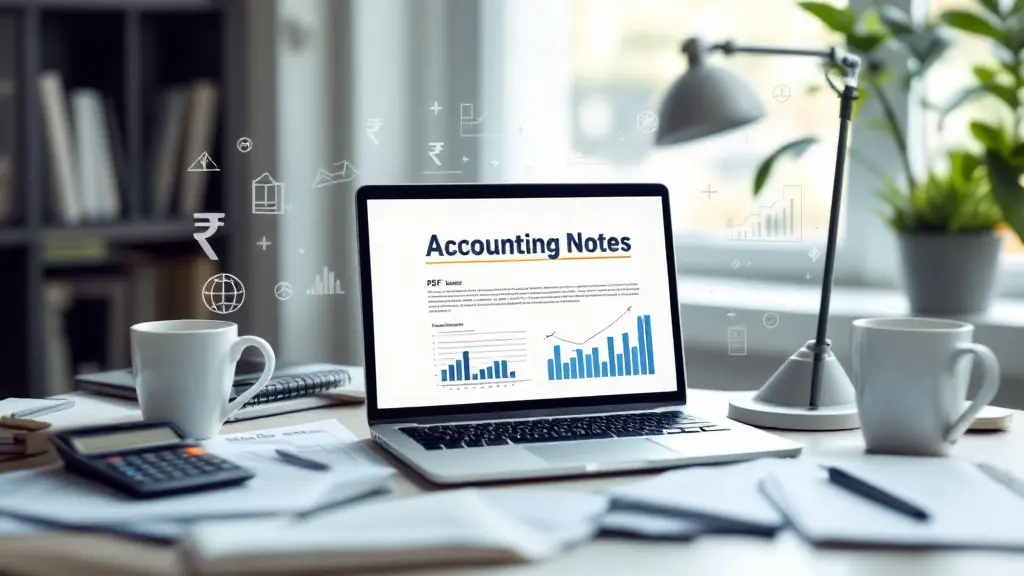Balance Sheet of a Pvt Ltd Company: A Comprehensive Guide
[fusion_dropcap class="fusion-content-tb-dropcap"]A[/fusion_dropcap] balance sheet is a crucial financial statement for any business, offering a snapshot of its financial health at a particular point in time. For a Private Limited (Pvt Ltd) company, understanding the structure of its balance sheet is key to tracking its financial position and making informed business decisions. In this article, we’ll explore what a balance sheet is, its components, and how to prepare one for a Pvt Ltd company.
What is a Balance Sheet?
A balance sheet is a financial statement that summarizes a company’s assets, liabilities, and equity at a specific point in time. It gives insight into the company’s financial standing and is often used by investors, creditors, and managers to assess the business’s financial stability and performance.
The balance sheet is divided into two primary sections:
- Assets: What the company owns.
- Liabilities and Equity: What the company owes and the owner’s stake in the company.
The balance sheet follows the fundamental accounting equation:
Assets = Liabilities + Equity
This equation ensures that the company’s resources (assets) are financed either through borrowed funds (liabilities) or the owner’s investment (equity).
Components of a Balance Sheet for a Pvt Ltd Company
A Pvt Ltd company’s balance sheet is typically divided into two main parts: Assets and Liabilities and Equity. Let’s break them down further.
1. Assets: What the Company Owns
Assets are classified into two categories: current and non-current.
Current Assets
Current assets are assets that the company expects to convert into cash or use within one year. These are short-term resources that are easily liquidated. Examples of current assets include:
- Cash and Cash Equivalents: This includes money in hand, bank balances, and any short-term investments that can be quickly turned into cash.
- Accounts Receivable: Money owed to the company by customers for products or services provided on credit.
- Inventory: The goods or materials a company holds for sale or production.
- Prepaid Expenses: Payments made in advance for services or goods that will be received in the future.
Non-Current Assets
Non-current assets, also known as long-term assets, are resources that are expected to provide value over a period longer than one year. These include:
- Property, Plant, and Equipment (PPE): Tangible fixed assets like land, buildings, machinery, and office equipment.
- Intangible Assets: Assets that do not have physical substance but have value, such as patents, trademarks, and goodwill.
- Investments: Long-term investments in other companies or assets that are expected to generate returns over time.
- Other Long-Term Assets: This can include deferred tax assets, long-term loans, and more.
2. Liabilities: What the Company Owes
Liabilities are divided into current liabilities and non-current liabilities.
Current Liabilities
These are obligations the company is required to settle within one year. Current liabilities include:
- Accounts Payable: Money owed to suppliers for goods or services received on credit.
- Short-Term Loans: Loans and borrowings that need to be repaid within a year.
- Accrued Liabilities: Expenses that have been incurred but not yet paid, such as wages, taxes, and utilities.
- Unearned Revenue: Money received in advance for goods or services that are to be delivered in the future.
Non-Current Liabilities
These are long-term obligations that the company must settle over a period longer than one year. Non-current liabilities include:
- Long-Term Debt: Loans and borrowings that are due for repayment after one year.
- Deferred Tax Liabilities: Taxes owed that are due in the future, often as a result of differences in accounting for tax purposes and financial reporting.
- Other Long-Term Liabilities: This may include pension obligations, lease obligations, and other long-term financial commitments.
3. Equity: The Owner’s Claim on the Company
Equity represents the ownership interest in the company and is calculated as the difference between the company’s assets and liabilities. Equity can be divided into:
- Share Capital: The funds raised by the company from shareholders in exchange for shares of stock. It is the primary source of equity.
- Retained Earnings: Profits that the company has kept and reinvested rather than distributed as dividends. These earnings reflect the company’s accumulated profits over time.
- Other Reserves: This includes any other funds or reserves created for specific purposes, like revaluation reserves or general reserves.
The formula for calculating equity is:
Equity = Assets – Liabilities
How to Prepare a Balance Sheet for a Pvt Ltd Company
Creating a balance sheet for a Pvt Ltd company involves careful record-keeping and following accounting standards. Here’s a step-by-step guide to preparing one:
Step 1: List All Assets
Start by listing all assets, beginning with current assets followed by non-current assets. Ensure all values are up to date and reflect the current financial position of the company.
Step 2: List All Liabilities
Next, list all liabilities, starting with current liabilities followed by non-current liabilities. It’s important to distinguish between short-term and long-term obligations clearly.
Step 3: Calculate Equity
Once you’ve listed all assets and liabilities, calculate the equity by subtracting total liabilities from total assets. This will give you the shareholders’ equity in the business.
Step 4: Double-Check the Balance
Ensure that the balance sheet is balanced, i.e., that assets equal liabilities plus equity. This is the fundamental accounting equation, and it must always hold true.
Step 5: Present the Information Clearly
The balance sheet should be easy to read, with clear headings and subheadings. For a Pvt Ltd company, ensure that the company’s financial position is presented accurately and comprehensively.
Example of a Balance Sheet for a Pvt Ltd Company
Let’s take a look at a simplified example of a balance sheet for a Pvt Ltd company:
XYZ Pvt Ltd Balance Sheet as of December 31, 2024
| Assets | Amount (₹) | Liabilities and Equity | Amount (₹) |
|---|---|---|---|
| Current Assets | Current Liabilities | ||
| Cash and Cash Equivalents | 5,00,000 | Accounts Payable | 3,00,000 |
| Accounts Receivable | 2,00,000 | Short-Term Loans | 1,50,000 |
| Inventory | 3,00,000 | Accrued Liabilities | 50,000 |
| Prepaid Expenses | 1,00,000 | Unearned Revenue | 1,00,000 |
| Non-Current Assets | Non-Current Liabilities | ||
| Property, Plant, Equipment | 10,00,000 | Long-Term Debt | 5,00,000 |
| Intangible Assets | 2,00,000 | Deferred Tax Liabilities | 2,00,000 |
| Investments | 3,00,000 | Equity | |
| Share Capital | 7,00,000 | ||
| Retained Earnings | 5,00,000 | ||
| Total Assets | 24,00,000 | Total Liabilities & Equity | 24,00,000 |
Importance of a Balance Sheet for a Pvt Ltd Company
The balance sheet is a powerful tool for understanding the financial health of a Pvt Ltd company. Here’s why it’s important:
- Financial Analysis: Investors, creditors, and business owners use the balance sheet to analyze the company’s ability to pay off its debts, manage assets, and generate profits.
- Loan Approvals: Lenders use the balance sheet to evaluate the company’s creditworthiness and ability to repay loans.
- Performance Measurement: The balance sheet helps in assessing the company’s operational efficiency and profitability over time.
Conclusion
Understanding the balance sheet is essential for any Pvt Ltd company, as it provides a clear picture of its financial health. By accurately recording assets, liabilities, and equity, businesses can make better financial decisions, attract investors, and ensure long-term success. Remember, the balance sheet is not just a reflection of the company’s past performance but also a valuable tool for future planning.
By following the steps outlined in this article and maintaining accurate financial records, Pvt Ltd companies can create effective balance sheets that serve as a foundation for business growth and stability.
